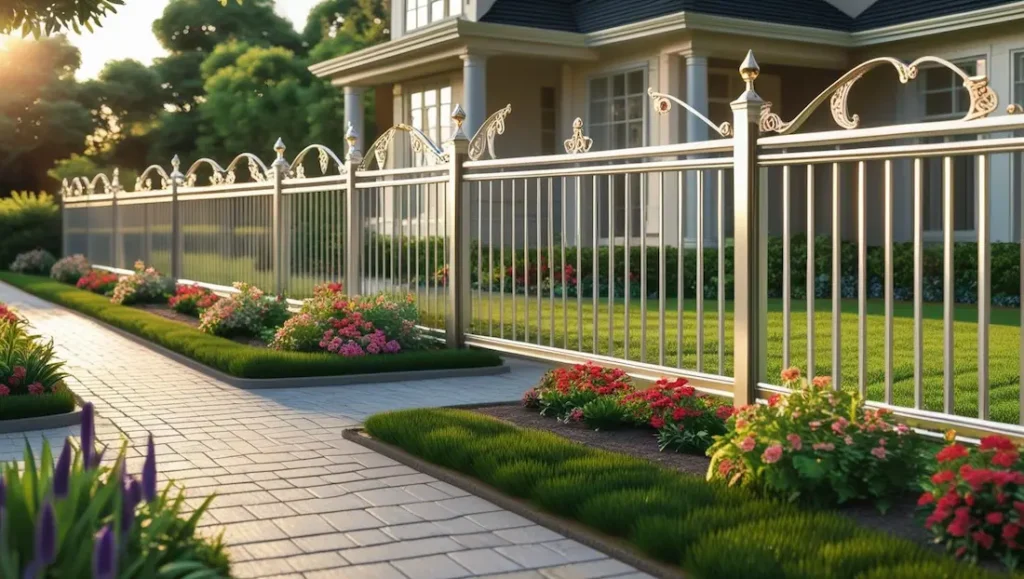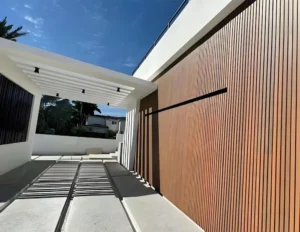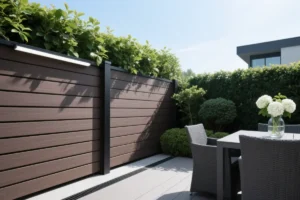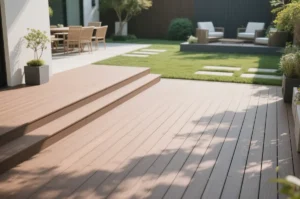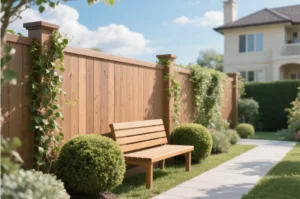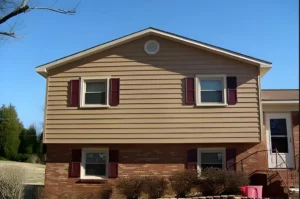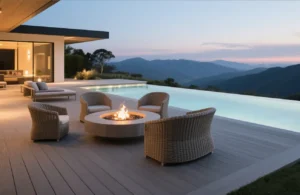Choosing the right type of fence for your home or property isn’t just about looks—it’s also about function, durability, privacy, and long-term value. From classic wood to modern composite materials, there are many types of fences available today, each with its own pros and cons.
In this guide, we’ll walk you through the most popular fence types and help you decide which one fits your outdoor needs.
1. Wood Fence
Wood fences are a traditional favorite for residential gardens. They offer a natural, warm look and can be customized with stains or paint.
Pros:
- Affordable upfront cost
- Easy to repair
- Can be painted in any color
Cons:
- Requires regular maintenance (sealing, staining)
- Prone to rot, termites, and warping over time
Want to see how wood compares to modern materials? Check out our in-depth guide on WPC vs wood fencing.
2. Vinyl Fence
Vinyl (PVC) fences are made from synthetic plastic materials and are often chosen for their clean look and resistance to weather.
Pros:
- Doesn’t rot or fade easily
- Low maintenance
- Available in various styles
Cons:
- Brittle in extreme cold
- Limited color customization
- Less eco-friendly than wood or WPC
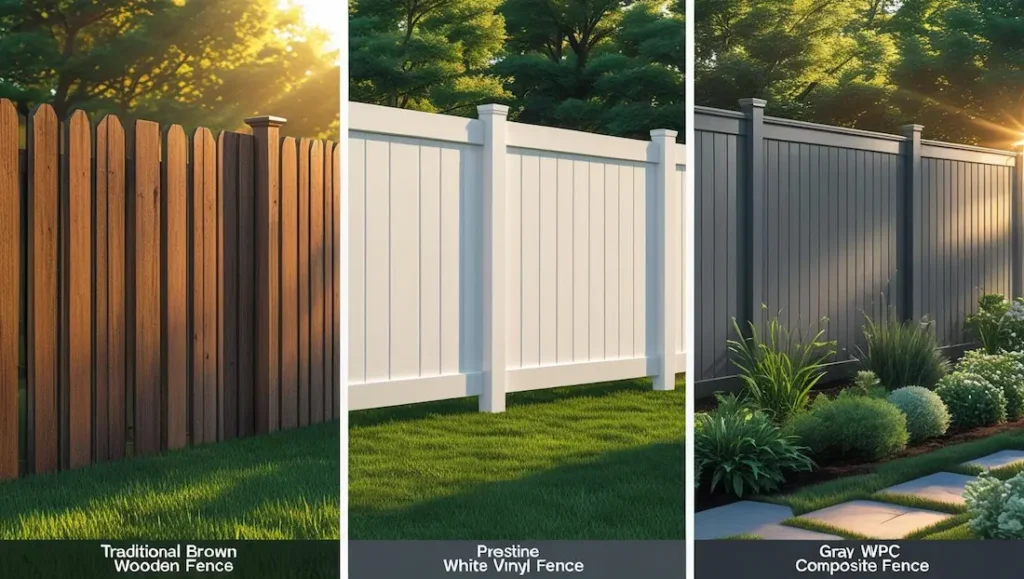
3. Chain Link Fence
Chain link fences are a practical, budget-friendly solution for security or boundary marking, commonly used in commercial or utility areas.
Pros:
- Cost-effective
- Low maintenance
- Transparent—doesn’t block visibility
Cons:
- Not suitable for privacy
- Industrial appearance
- Can rust if coating is damaged
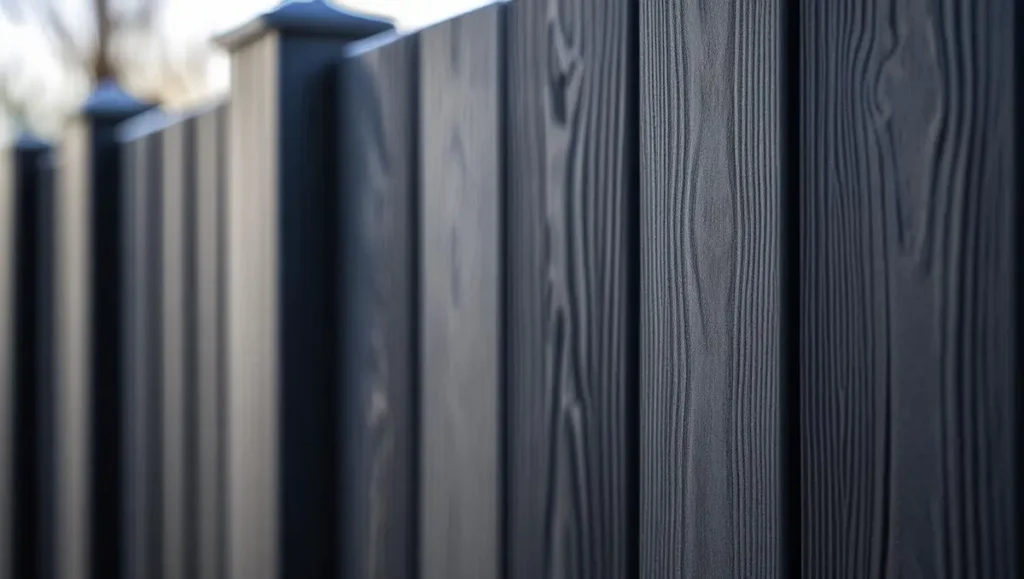
4. Metal Fence (Aluminum / Iron)
Metal fences are known for strength and security. Decorative aluminum and wrought iron styles are popular in both residential and commercial settings.
Pros:
- High durability
- Elegant look for upscale homes
- Resistant to pests and fire
Cons:
- Can be expensive
- Requires anti-rust treatment (especially for iron)
5. WPC Fence (Composite Fence)
WPC (Wood Plastic Composite) fences combine recycled wood fibers and plastic, offering the look of wood with far greater durability and minimal upkeep.
Pros:
- Weatherproof and insect-resistant
- Available in modern colors like charcoal and walnut
- Low maintenance (no painting or sealing needed)
- Long lifespan (20–30 years)
Cons:
- Higher upfront cost than wood
- Harder to repair if damaged
Learn more about our WPC fence solutions and how they can transform your garden.
Ready to build your fence? Here’s a step-by-step WPC fence installation guide to help you get started.
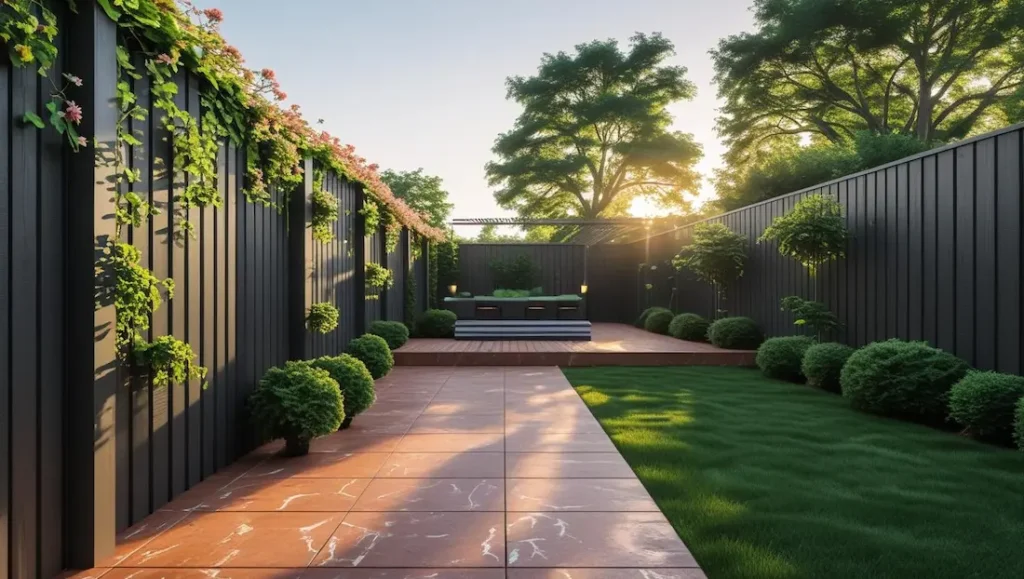
6. Bamboo Fence
Bamboo fencing is often used in Asian-style gardens or eco-conscious designs. It provides a natural, exotic look.
Pros:
- Eco-friendly and biodegradable
- Lightweight
- Visually unique
Cons:
- Less durable than composite or metal
- Needs sealing against moisture
- Not suitable for all climates
7. Privacy Fence
A privacy fence is typically a solid-panel fence designed to block visibility and sound. Materials used can include wood, WPC, or vinyl.
Best for:
- Backyards
- Pool enclosures
- Homes near roads or neighbors
WPC fences are an excellent option for privacy fencing, as their dense construction helps reduce noise and creates a secure boundary.
See how composite fencing works as a privacy fence for modern homes and outdoor areas.
Final Thoughts: Which Type of Fence Is Right for You?
Your ideal fence depends on your goals—whether it’s privacy, appearance, low maintenance, or durability. If you’re looking for a long-term, eco-friendly solution with minimal upkeep, composite (WPC) fencing is worth considering.
Need help deciding? Visit our complete WPC fence guide or contact our team for expert advice.

